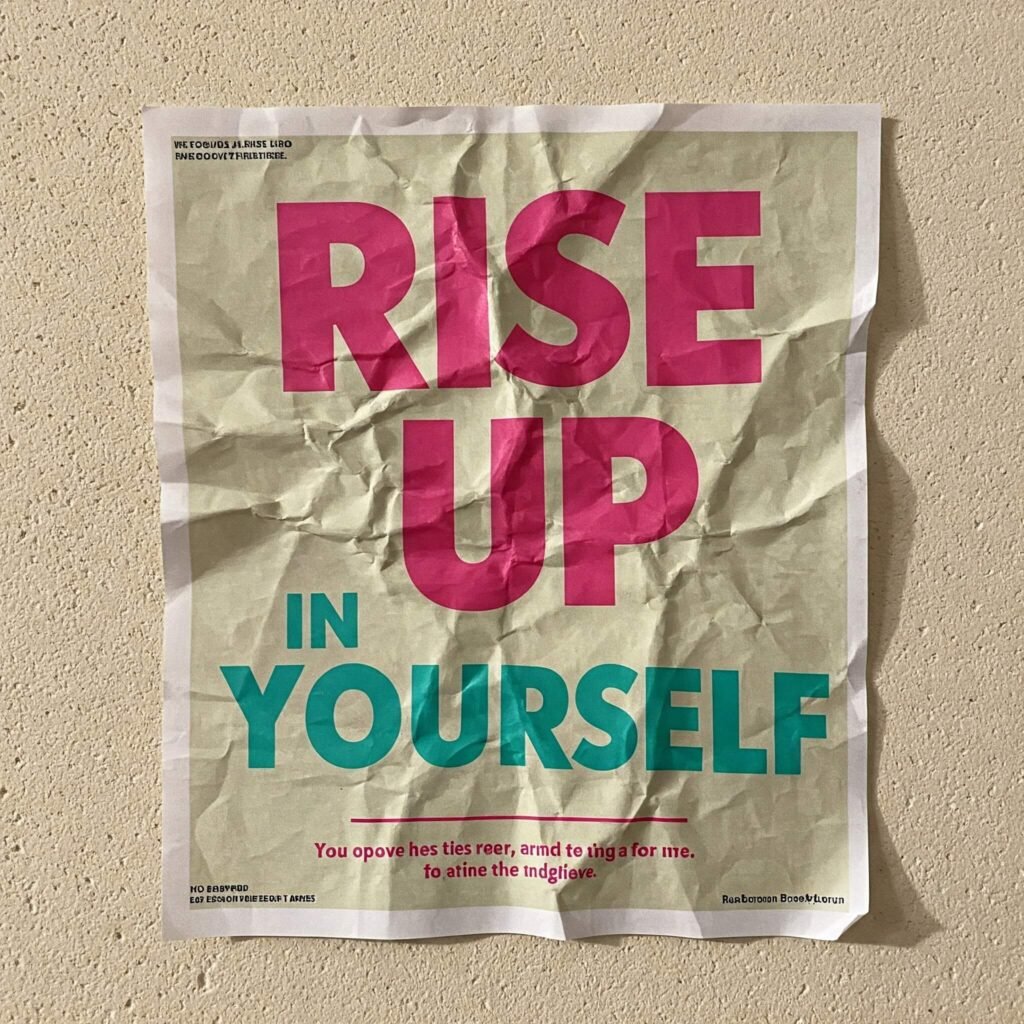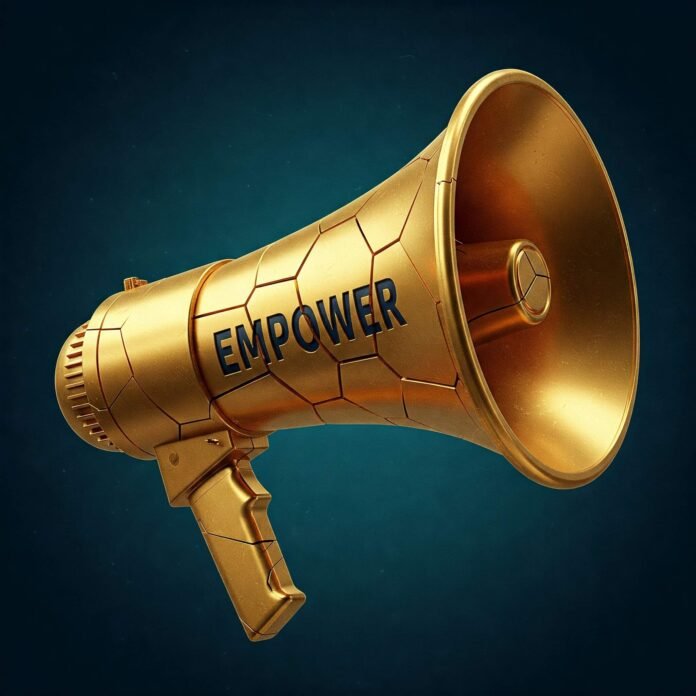The problem with empowerment marketing is that it often feels like a hollow promise. Brands use it to inspire confidence and self-worth, but consumers are growing skeptical of its glossy façade. This blog explores why empowerment marketing is losing its edge, its execution flaws, and how brands can shift to authentic strategies that truly resonate.

What Is Empowerment Marketing?
Empowerment marketing is a strategy where brands craft campaigns to uplift consumers, emphasizing themes like self-confidence or social change. Think Dove’s “Real Beauty” campaign or Nike’s “Just Do It” ads with everyday athletes. These campaigns aim to forge emotional connections, but the problem with empowerment marketing arises when overused messages dilute their impact.
Outbound link: Dove’s Real Beauty Campaign Analysis
Why Empowerment Marketing Feels Forced
- Overuse of Clichés: Slogans like “Be Your Best Self” are everywhere, reducing their emotional weight.
- Lack of Specificity: Generic messages fail to connect with diverse audiences seeking authentic stories.
- Performative Activism: Brands align with causes without action, leading to “woke-washing” accusations.

The Problem with Empowerment Marketing’s Execution
The problem with empowerment marketing often lies in its execution. Brands prioritize optics over substance, creating campaigns that feel inauthentic. A 2022 Edelman study found that 60% of consumers distrust purpose-driven marketing without clear follow-through, highlighting the disconnect.
Real-World Example: The Pepsi Kendall Jenner Ad
In 2017, Pepsi’s ad featuring Kendall Jenner handing a soda to a police officer during a protest aimed to evoke empowerment and unity. Instead, it was criticized for trivializing social justice, showing how the problem with empowerment marketing can lead to costly missteps.
Outbound link: Edelman Trust Barometer 2022
Why Consumers Are Skeptical
- Inauthenticity: Consumers notice when a brand’s actions (e.g., edited models in body positivity ads) don’t match its empowerment message.
- Market Saturation: The problem with empowerment marketing is its ubiquity, making it feel repetitive.
- Expectations vs. Reality: Ads promise transformation, but products rarely deliver, fostering distrust.

How Brands Can Fix Empowerment Marketing
To address the problem with empowerment marketing, brands must prioritize authenticity and action. Here’s how:
- Tell Real Stories: Highlight genuine customer experiences, like Gl Patagonia’s conservation campaigns.
- Back Words with Action: Promote inclusivity with tangible practices in hiring or supply chains.
- Engage Your Audience: Use social media to spark conversations, not just push empowerment ads.
- Measure Impact: Track engagement and sentiment to ensure campaigns resonate.
The Rise of Authentic Marketing
Instead of leaning on empowerment marketing, brands should embrace authentic marketing. This approach prioritizes transparency and relatability. Glossier’s community-driven campaigns, for example, invite customers to co-create, solving the problem with empowerment marketing by fostering genuine connection.
Outbound link: Glossier’s Community Marketing Strategy
Key Takeaways for Brands
The problem with empowerment marketing isn’t its intent but its execution. By moving beyond clichés, aligning actions with words, and telling relatable stories, brands can rebuild trust and create campaigns that inspire authentically.



































